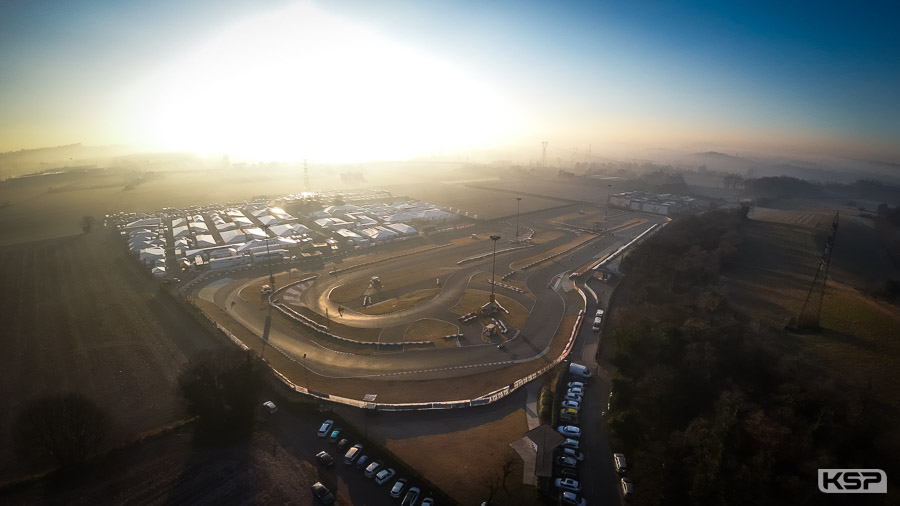A cold winter
The most obvious facts about the first round of the WSK Super Master Series at Lonato concern the temperature. January in northern Italy is a cold winter. In the past, it was the aptly-named Winter Cup that opened the season after mid-February. The first two WSK Promotion competitions currently take place in January at temperatures of between -3° and 7°, despite global warming. This does not pose any major problems beyond the drivers’ feelings and a few incidents on cold tyres during the formation lap or the first lap of the race.

But what about the validity of the performances recorded? There’s no doubt that the operation of the engines and chassis is affected by the cold. The situation will undoubtedly change from Sarno or Valencia at the beginning of March, when the competition will have left the north of Italy and spring will be approaching. Is there any point in these winter races at the start of the season? Of course there is, several in fact, but we mustn’t give them an importance they don’t have. The drivers are eager to get back on track, just as the professionals are eager to extend their period of activity. Despite the cold, everyone is happy to be able to start testing in January. However, it’s not clear that the start of the season will have a profound impact on the results of the major mid- and end-of-season races such as the FIA Karting European Championships and the World Championships.
Driver profile
The OK category is dominated by the well-prepared rookies from OK-Junior. There were eight rookies aged between 13 and 14 in the top 10, compared with two more experienced 16-year-old drivers. Although there is no upper limit, there are no older competitors.
The opposite is true in OK-Junior, where the best drivers have between two and three seasons’ experience in the 12-14 age bracket.
KZ2 attracts older drivers, from 15 to 36 in the top 10, with between two and 14 seasons’ experience. Professional drivers and gentlemen drivers rub shoulders with youngsters preparing for motor racing.
Introduced last year, the under-10 classification of the Mini Gr.3 category, accessible from the age of eight, is proving a success, with numbers now exceeding those of the Mini Gr.3 up to the age of 12. The difference in performance was 2 or 3 tenths per lap in favour of the over-10s.
The step up to OK-Junior is still a big one, which explains the temptation to race in the new OK-N Junior first. The gap in performance between the OKJ and the OK-NJ is more than a second per lap in favour of the OKJ at Lonato. However, the OK-N Junior has a smaller field at the moment and a lower level of competition, which may ease the transition.
After a full week’s break, the WSK Super Master Series will hold two consecutive meetings at Cremona and Franciacorta on 11th and 18th February. Follow them live on Kartcom.
Info KARTCOM Selection




